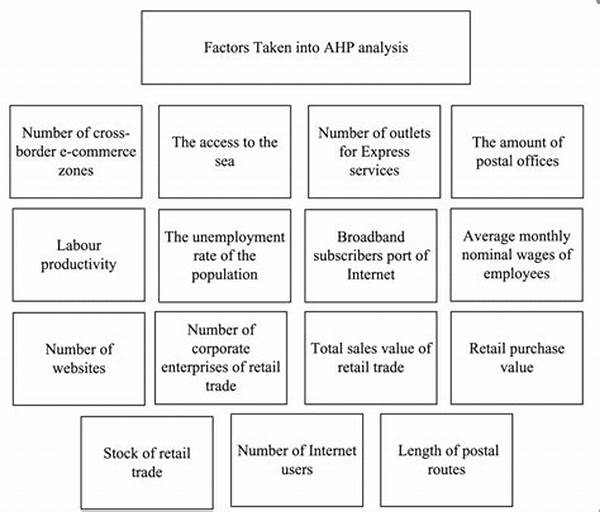Hey there! Welcome to the world of algorithms—where every problem has multiple solutions, and choosing the right algorithm feels like picking the perfect ice cream flavor on a summer day. As fun as that sounds, the decision-making process can sometimes get a bit overwhelming. So, let’s dive into the fascinating realm of algorithm selection and explore what influences our choices.
Understanding the Basics
Before we get into the nitty-gritty, let’s set the stage. Algorithms are like recipes—each has a unique set of instructions to solve a particular problem. The factors influencing algorithm choice are many, and their importance can vary depending on context. First and foremost, you’ll want to consider the type of problem you are dealing with. Is it a search problem, a sorting issue, or perhaps optimization is your need of the hour? Each of these requirements will lean towards different algorithmic choices.
Next up is performance. Nobody wants a sluggish algorithm that takes ages to run, especially if you’re working on something time-sensitive. Evaluating time complexity and space complexity helps identify which algorithm will deliver results faster or be more memory-efficient. Lastly, ease of implementation and familiarity with the algorithm come into play. If you’re racing a deadline, perhaps sticking to what you know best could be your ticket to success. These, my friend, are the fundamental factors influencing algorithm choice.
Practical Considerations
Real-World Applications
Imagine you’re running a tech company, and you’ve got a massive user database that needs sorting for an upcoming analysis. The factors influencing algorithm choice here would include the size of the dataset and the resources at your disposal. If the database is enormous, a more efficient algorithm like Merge Sort might be suitable due to its consistent O(n log n) time complexity. However, for smaller datasets, simpler algorithms such as Insertion Sort might suffice, trading off some performance for simplicity and ease of implementation.
Now, suppose the task shifts to searching through the same database to find specific user details. Suddenly, the factors influencing algorithm choice change, and you might consider using a Binary Search if the data is sorted, giving you a significant efficiency boost. On an unsorted dataset, you might lean towards hash tables for constant time complexity. So you see, the factors influencing algorithm choice keep evolving with the problem at hand.
Exploring Different Dimensions
When choosing an algorithm, one can’t ignore the wealth of algorithms available and their varied strengths and weaknesses. One of the underappreciated factors influencing algorithm choice is the robustness required in your solution. If you need something foolproof that withstands unexpected inputs, prioritize an algorithm known for its stability. On the flipside, if your project is about quick prototyping, you might value speed of implementation over robustness.
Then there’s the aspect of community and support. Believe it or not, some factors influencing algorithm choice extend beyond technical specifications and delve into community backing. An algorithm with an active community can provide documentation, tutorials, and forums that make problem-solving easier. Having peers to interact with and learn from can enhance your confidence and skill levels.
Balancing Act
Choosing an algorithm often feels like a balancing act, juggling several competing priorities. For many, one of the factors influencing algorithm choice involves team knowledge and experience. Even if a team member spots a theoretically optimal algorithm, its benefits could be nullified if no one on the team understands how to implement it correctly. Leveraging collective knowledge can turn the tide in such scenarios.
Incorporating industry trends is another avenue seldom explored but increasingly relevant today. Suppose your competitors are leveraging machine learning algorithms to boost efficiency. In that case, staying current with such trends could be one of the factors influencing algorithm choice. This decision could very well be what keeps your business competitive.
Final Thoughts
To wrap things up, understanding the factors influencing algorithm choice is not just academic—it’s incredibly practical and essential. From problem type and performance to scalability and robustness, these factors form the backbone of effective algorithm design and implementation. Even as technology evolves, these core criteria remain relevant, allowing you to make informed decisions that best meet your needs.
As you venture forward, remember that algorithms are tools to help you achieve your goals. The more you understand the context and constraints you’re operating under, the more adept you’ll become at making the right choices. Whether it be through intuition, experience, or meticulous analysis, mastering the factors influencing algorithm choice is an invaluable skill in the digital age. Happy coding, and may your algorithm choices always be just right!

